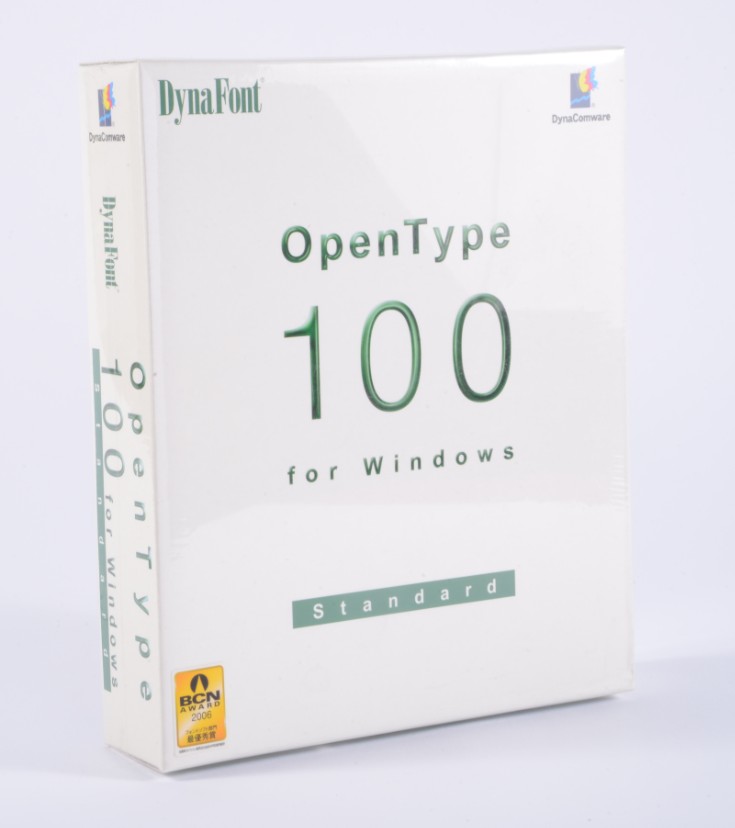


In 1992, author Ted Nelson – who coined both terms in 1963 – wrote: By now the word "hypertext" has become generally accepted for branching and responding text, but the corresponding word "hypermedia", meaning complexes of branching and responding graphics, movies and sound – as well as text – is much less used. The term "hypertext" is often used where the term "hypermedia" might seem appropriate. It signifies the overcoming of the previous linear constraints of written text. It enables an easy-to-use and flexible connection and sharing of information over the Internet.Įtymology The English prefix hyper- comes from the Greek prefix "ὑπερ-" and means "over" or "beyond" it has a common origin with the prefix "super-" which comes from Latin. Hypertext is the underlying concept defining the structure of the World Wide Web. Apart from text, hypertext is sometimes used to describe tables, images and other presentational content forms with hyperlinks. References Article Sources and Contributorsīasic Concepts Hypertext Hypertext is text displayed on a computer display or other electronic device with references (hyperlinks) to other text that the reader can immediately access, usually by a mouse click, keypress sequence or by touching the screen. International Organization for Standardization
#DYNAFONT OPENTYPE 161 FONTS PRO VERSION FOR MAC PDF#
PDF generated using the open source mwlib toolkit. The tutorials begin after page 265 of this document.

This file also includes several tutorials dealing with basic aspects of HTML composition. The collection was created on March 16, 2013, so pages included herein may have been updated and/or superseded since then. HTML Primer This is a collection of relevant pages extracted from Wikipedia and organized through the use of its Book Creator software.


 0 kommentar(er)
0 kommentar(er)
